Loafers can be painful
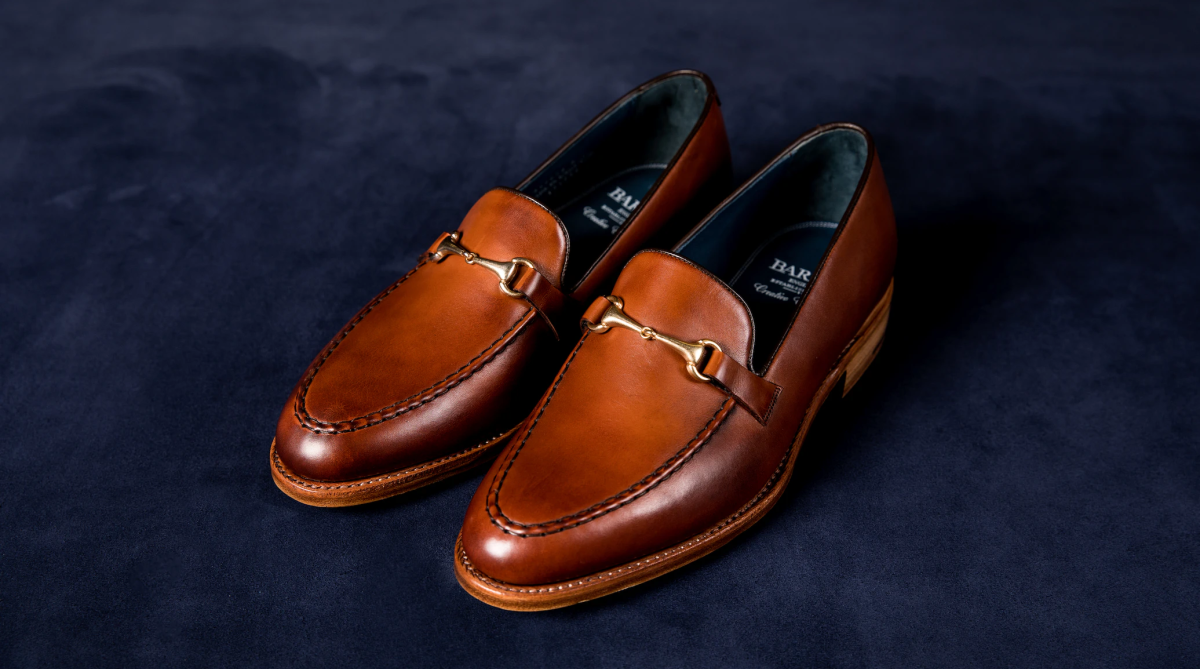
Since loafers are made of leather, they’re incredibly durable and long-lasting. The problem with loafers is that they can be deceiving. They can look like comfortable shoes, but if the fit isn’t right, they can pinch and rub your feet in all the wrong places. Loafers are especially bad for this because their slip-on design lets them slide around and create blisters very easily.
Brogues can cause blisters
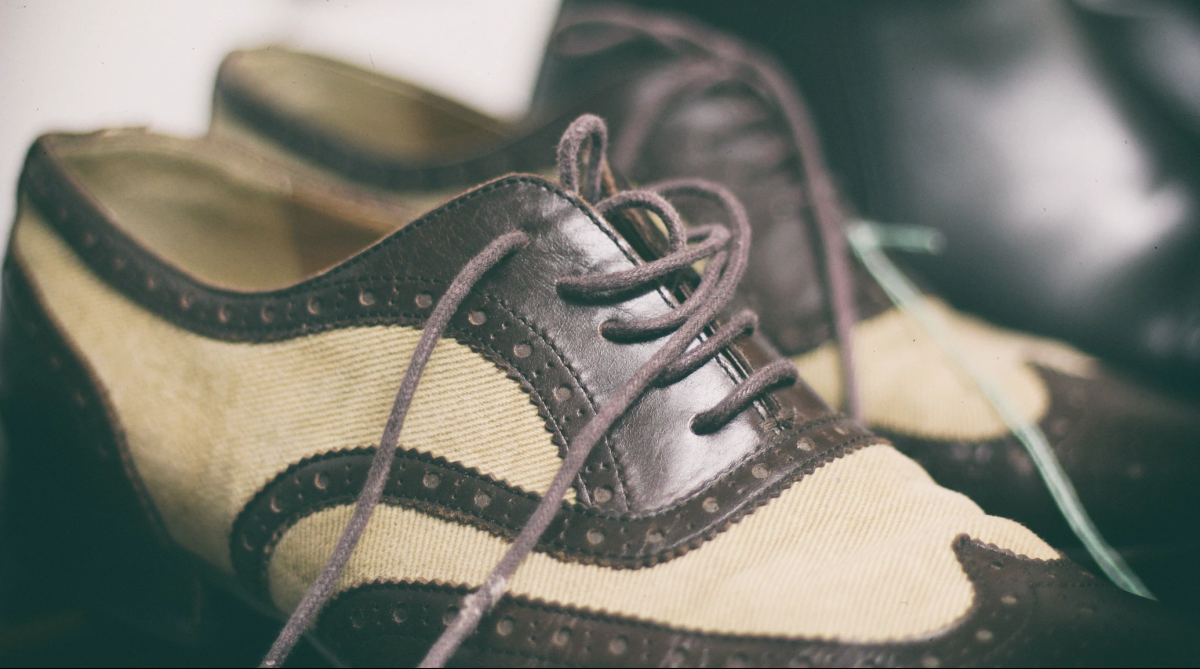
One of the potential problems with brogues is that they can cause damage to the wearer’s feet without them even realizing it. This happens when people wear brogues without the proper socks on, or when people buy brogues that are ill-fitting or made from inadequate materials. Shoes that don’t fit correctly can put some serious pressure on the toes and ankles, which can lead to blistering.
Moccasins can cause back pain
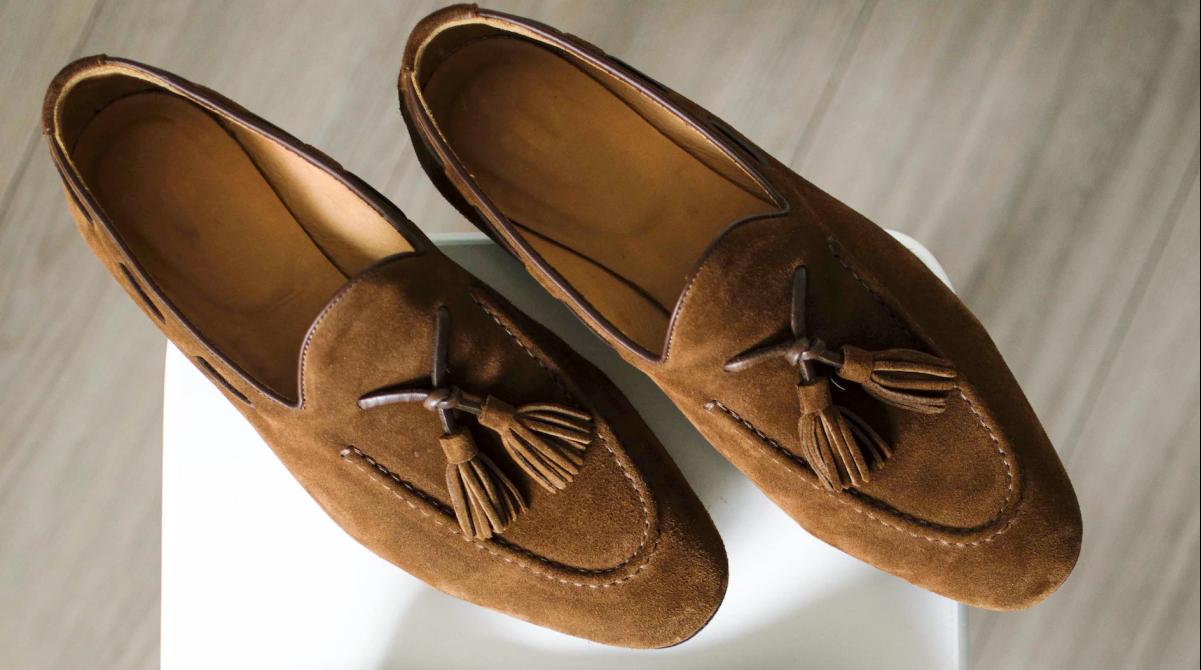
If you regularly wear shoes with a completely flat sole like moccasins, you might have noticed the way it physically rotates your pelvis and misaligns your spine. Not only is this uncomfortable and bad for your posture, but it can also cause back pain over time.
Wearing slippers can lead to ankle instability
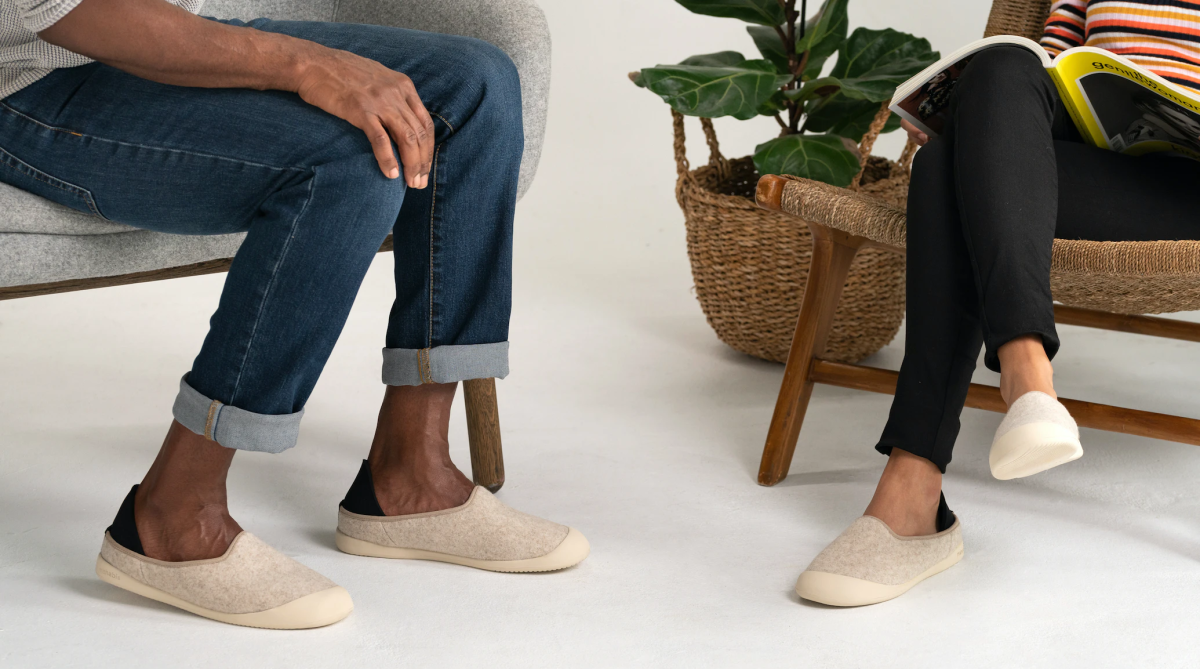
Slippers are the most comfortable footwear option for some people, but they can cause serious foot problems if you wear them too much. Because they are so low to the ground, your feet have nothing to grip or hold on to, and when you step in them, your ankles don’t have any support. This can lead you to scrunch your toes in order to keep them on your feet, which creates tension.
Clogs can cause athlete’s foot
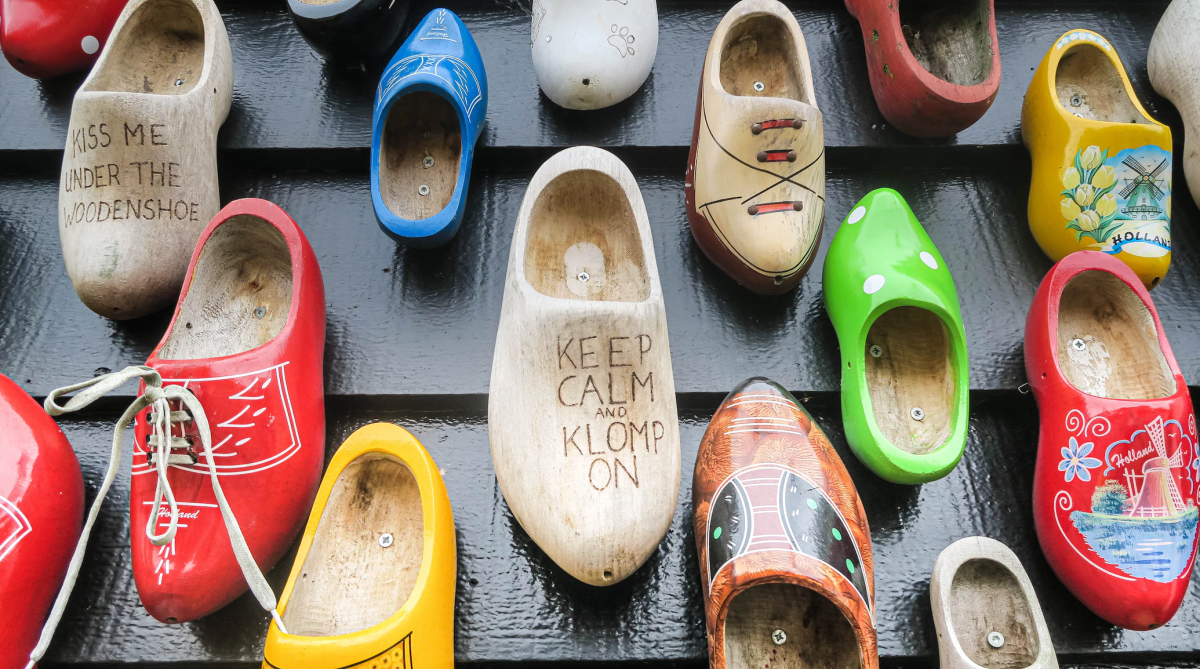
Clogs are those blocky, wooden-soled shoes that have made a comeback in recent years. Unfortunately, the clog’s thick sole combined with poor ventilation can quickly lead to unsanitary conditions between your foot and the shoe. Your feet are constantly sweating, which can cause athlete’s foot to spread if not properly taken care of.
Always wearing sneakers can lead to osteoporosis
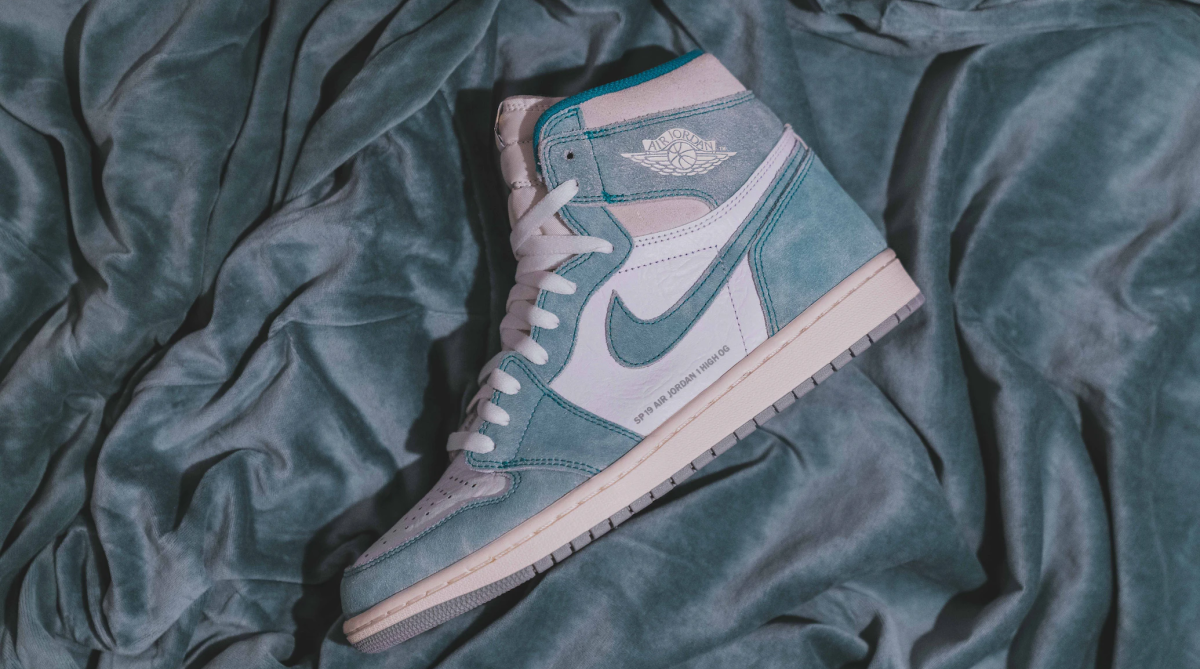
The right sneakers are crucial, as improper support from the inside out can do a lot of damage. If you make a habit of wearing shoes with a very soft midsole, then it’s likely that your tendons and muscles will weaken over time, which could lead to additional problems like muscle loss and osteoporosis.
Converse don’t protect your feet from hard surfaces
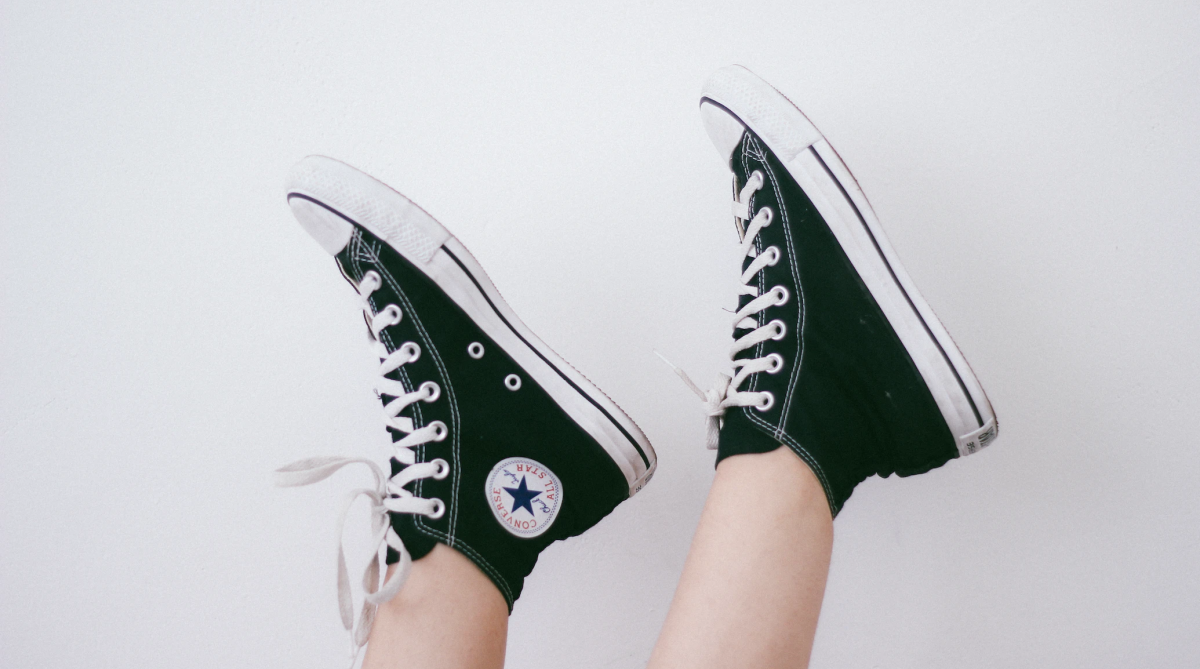
Converse All Stars are one of the most popular casual shoe brands out there, but they may be making your feet worse when you wear them. The main problem lies in their design: the rubber soles of these sneakers are rather thin, and because the rest of the shoe is made out of fabric or canvas, there isn’t much between your foot and the hard ground.
Wearing heeled boots can lead to plantar fasciitis
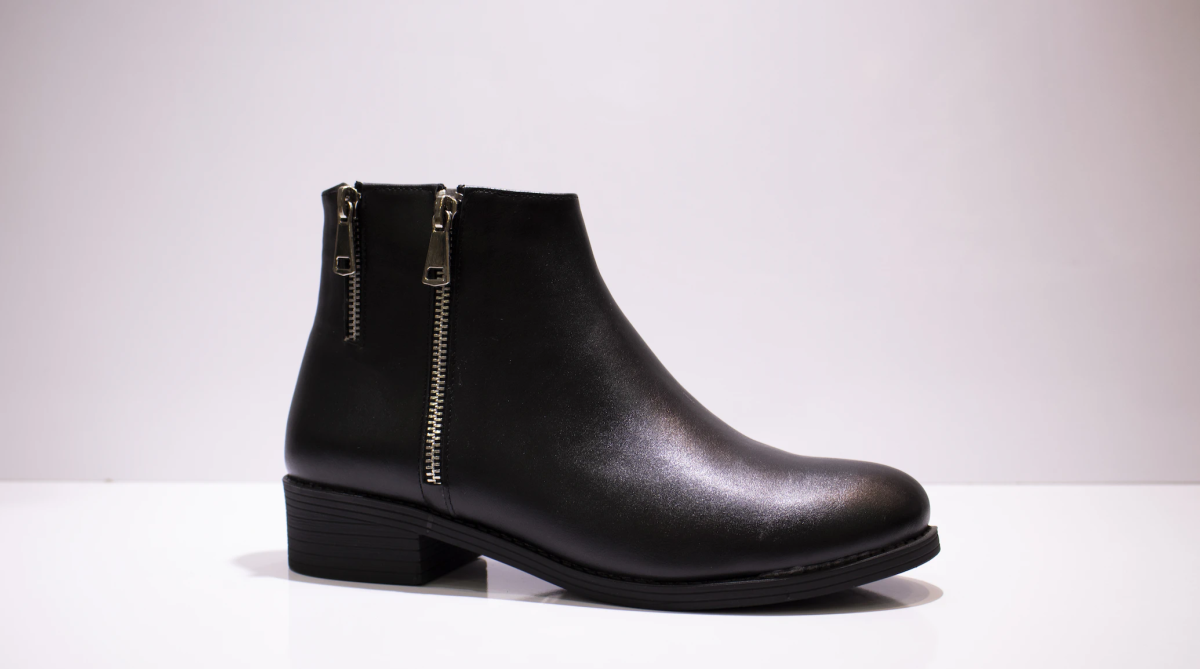
When you’re wearing boots for a long time without regularly switching to other shoes, your foot muscles can get sore and weak. If your boots are the type that has a high heel, you need to be especially careful because that heel can over-arch your foot and cause plantar fasciitis, which is an inflammation of the tendon in the bottom of your foot.
Ballet flats can cause corns
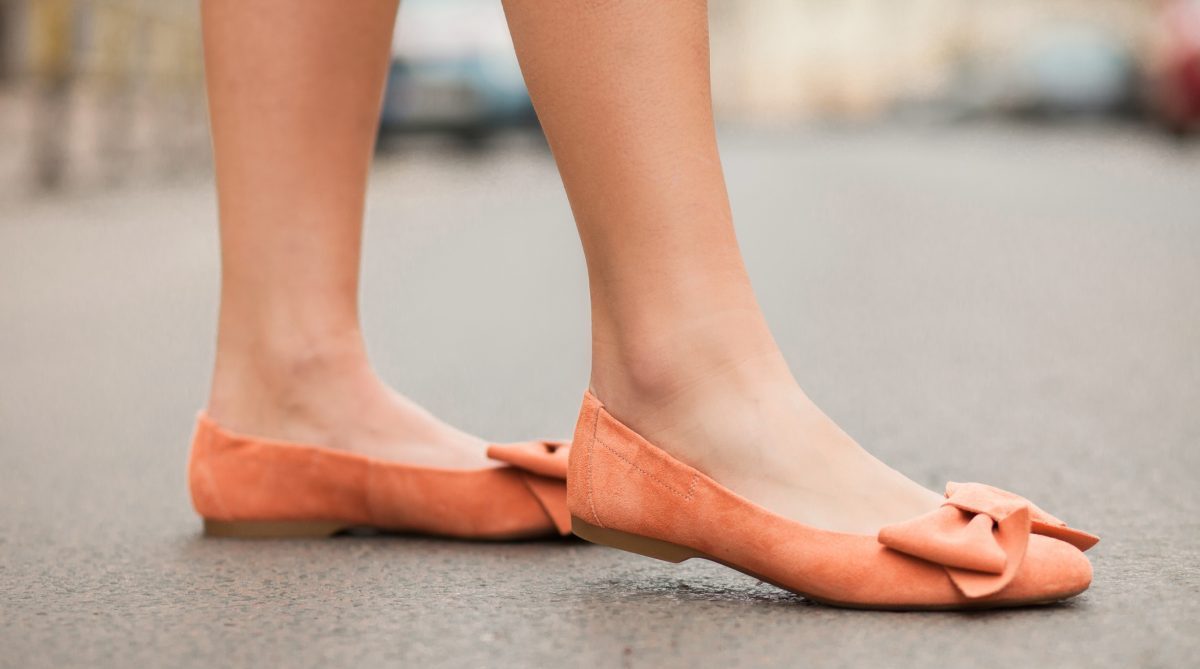
Ballet flats are meant to be worn in the studio or on stage while dancing, not just while running errands or heading to class. When you wear a pair for an extended period, there is too much foot movement within the shoe which can lead to pressure and friction on the skin. The problem with pressure is that it leads to calluses, corns, blisters, and wounds.
Hiking boots can cause blisters
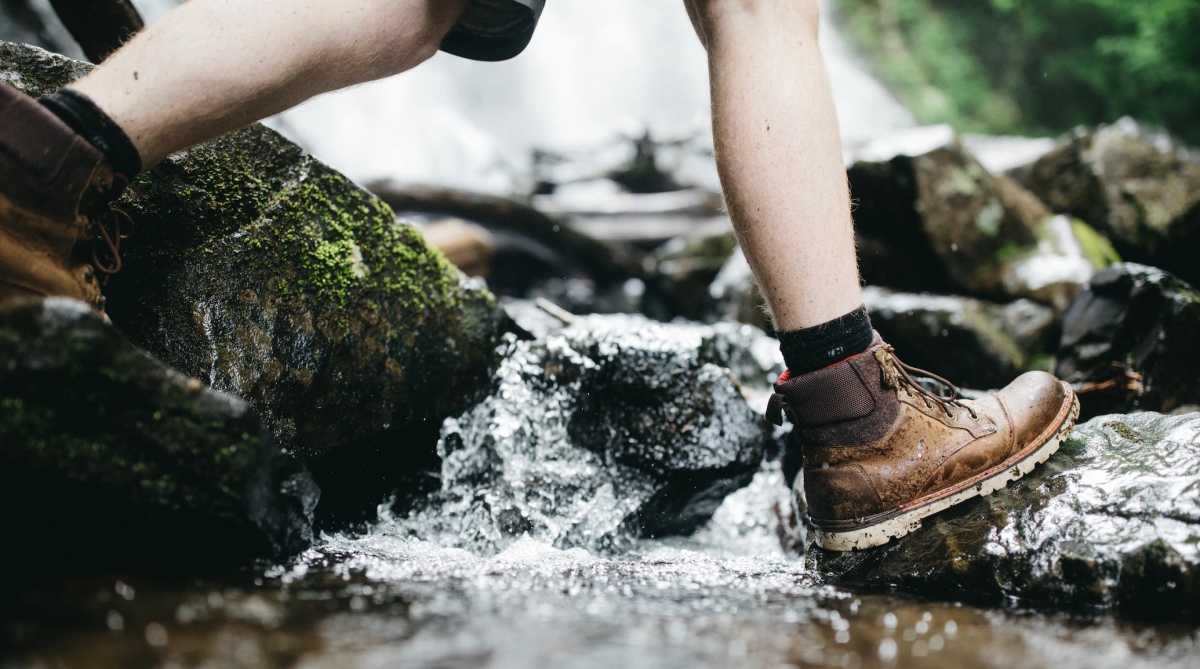
The biggest problem with hiking boots is that they are designed to withstand incredibly harsh conditions. They are made out of hard materials and are molded to fit your feet perfectly. Many hikers also experience blisters or cuts on their feet from the hard leather on the outside of their boots.
Ill-fitting Mary Janes can cause irritation
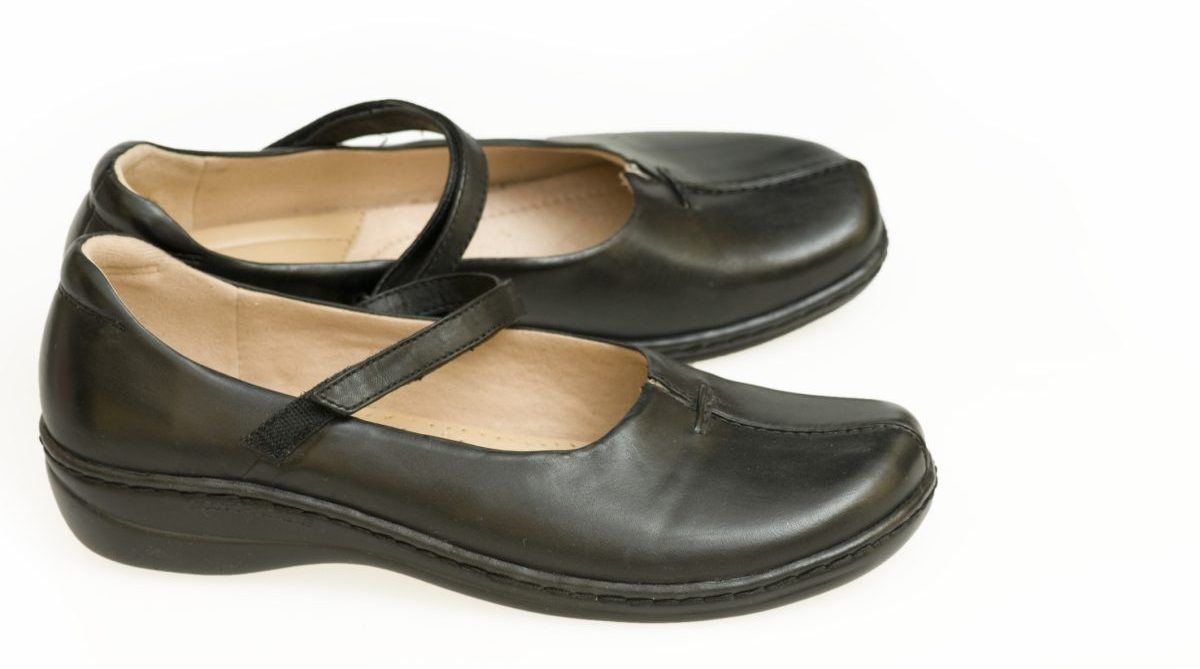
When it comes to wearing Mary Janes, comfort is the most important factor. This style of shoe is generally very comfortable due to its flexible materials. However, it’s important to consider where the strap sits in relation to the toes before buying a pair, as a strap that is too tight can cause irritation and rubbing against the top of the foot.
Wearing sandals can lead to hip and back pain
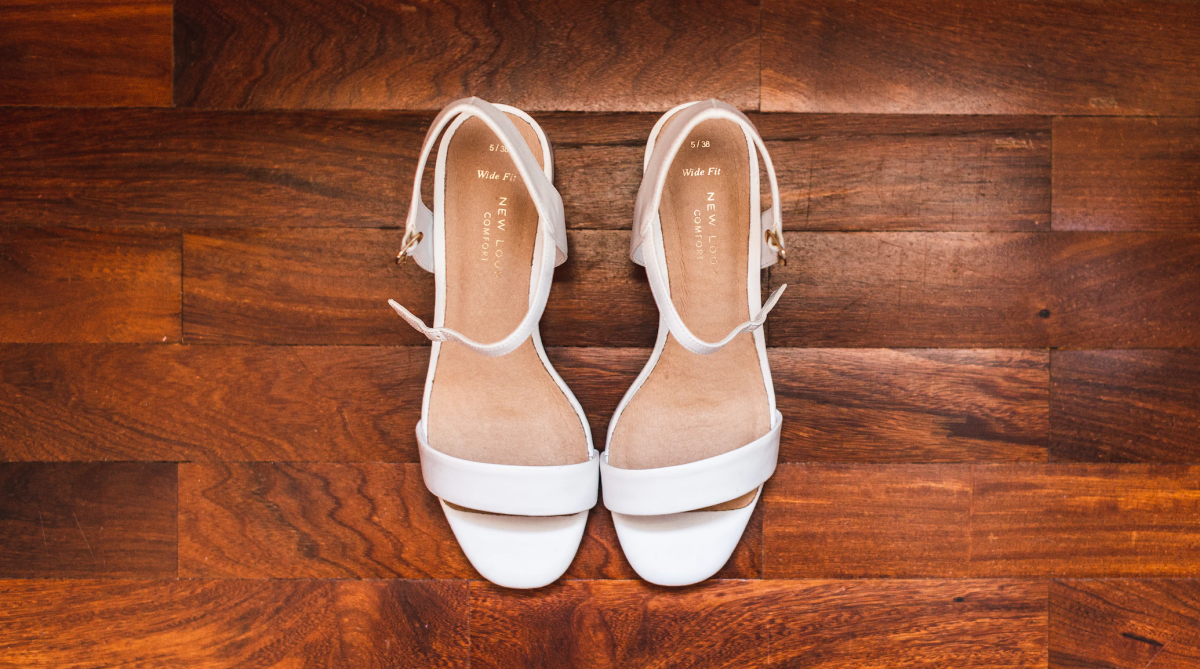
Wearing sandals isn’t just a problem for your feet. It can cause knee pain, hip pain, and back pain as well. Sandals don’t offer much support, and without that security, you might find yourself leaning differently on one leg than the other. This could cause an uneven distribution of weight throughout your entire body, which could lead to muscle fatigue.
Flip-flops can cause plantar fasciitis
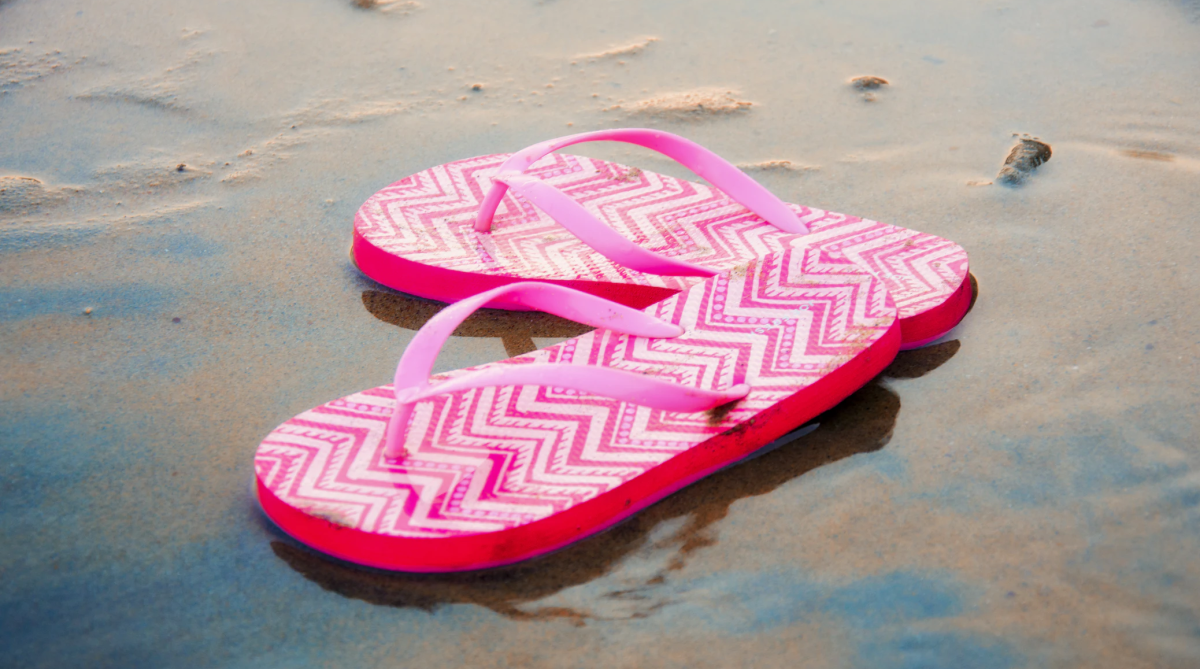
Flip-flops are the scourge of summer. No matter how much you love them, they’re not doing your feet any favors. Also called thongs, they offer almost no arch support, which means that when you walk, you’re putting all of your weight on your heels. Over time, and especially with frequent wear, this can cause plantar fasciitis.
Mules can leave your ankles vulnerable to sprains
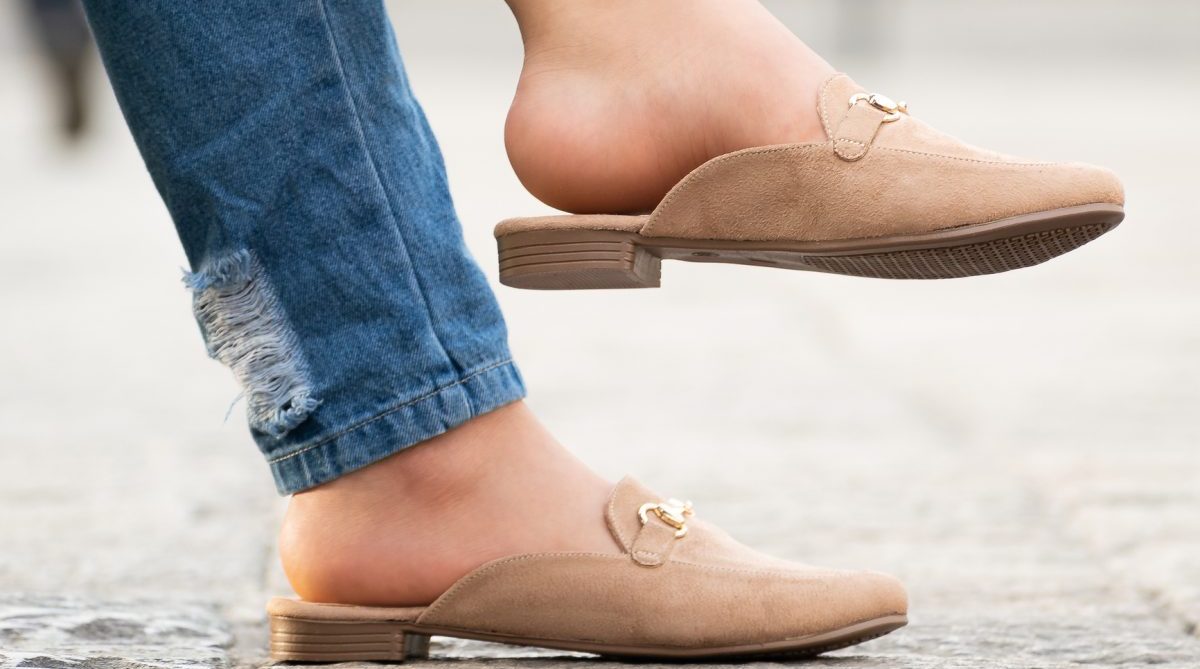
Mules are a variety of footwear that have been around for centuries, but they’re having a moment right now. However, mules are not without their flaws. This is largely due to the fact that mule slippers aren’t secured to your feet like a normal shoe would be. This leaves both your feet and ankles vulnerable to twists and sprains.
Wearing UGG boots can cause foot fungus
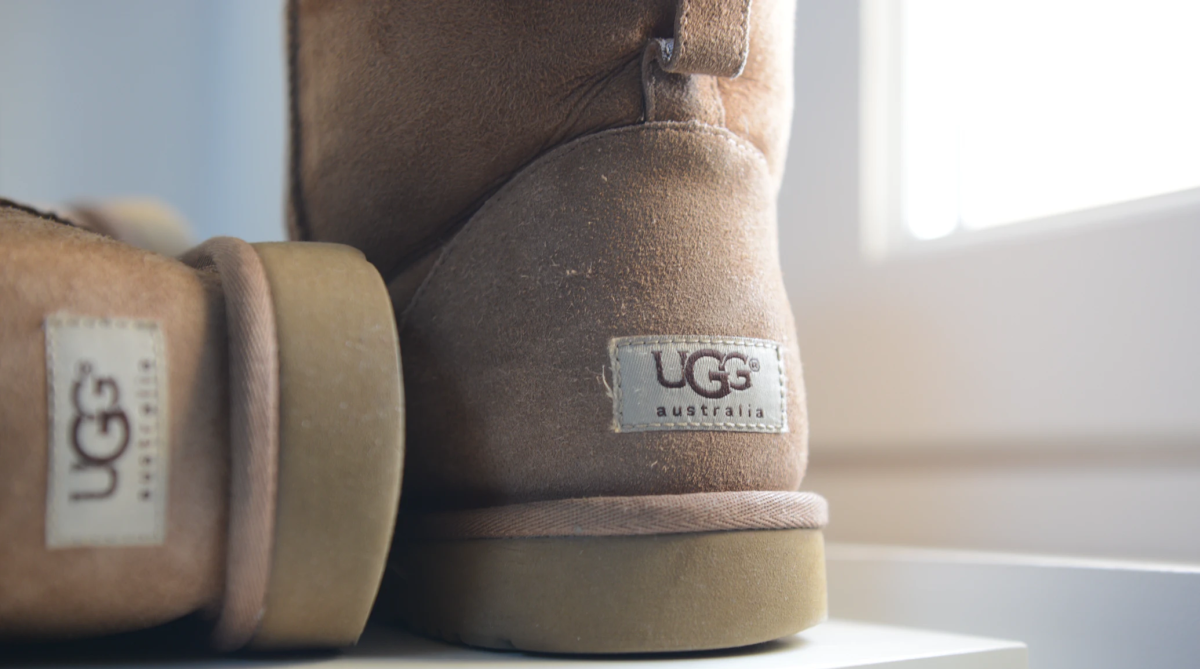
There are two main problems with wearing UGG boots: they don’t breathe well and they restrict circulation around your foot. Without proper ventilation, moisture builds up inside the boot and stays there, which means that you can suffer from sweaty feet and possibly even blisters if you wear them for too long without letting them dry out first. This can result in various types of foot fungus infections.
Wellington boots can give you blisters

Wellies are typically made with rubber or plastic, which tend to be harder than the materials used in normal shoes and do not provide enough cushioning for your foot. What’s more, they can cause blisters or other irritated spots on your feet, especially if you wear them while working in wet conditions.
Wedges can damage your joints
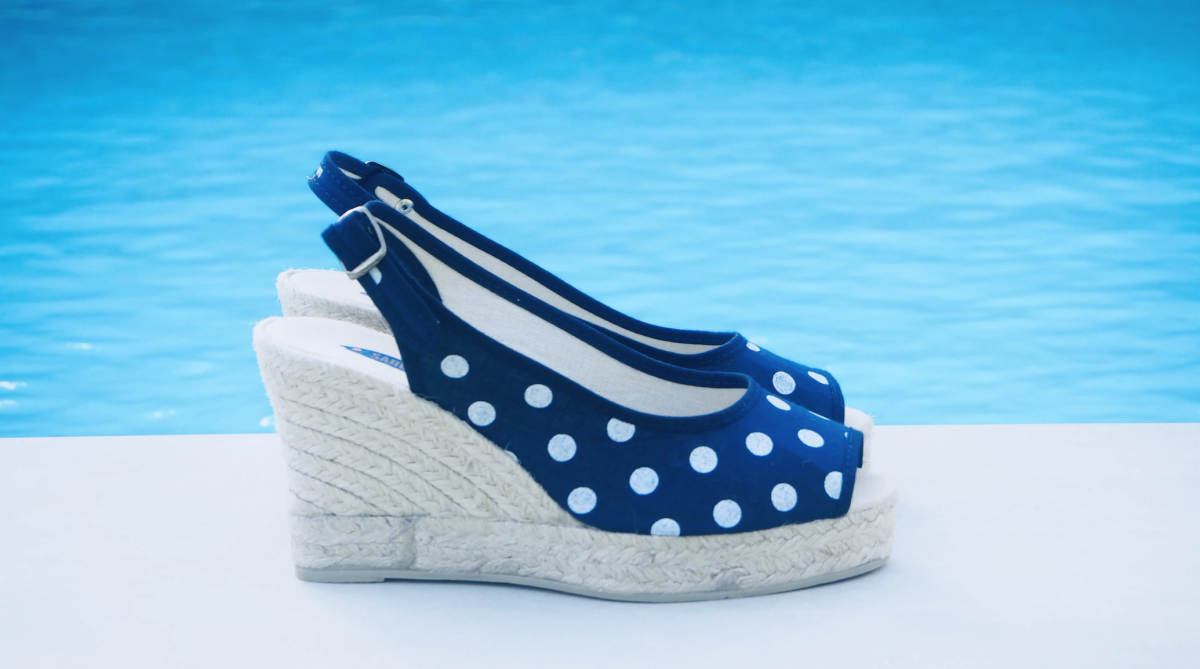
The main reason platform wedges are so hard on your body is that the platform is extremely rigid. It’s basically a giant slab of wood under the ball of your foot, which means it doesn’t bend at all when your weight is on it. This lack of flexibility in the material makes walking on them surprisingly hard on the joints and bones of your feet and legs.
Stilettos can cause knee pain
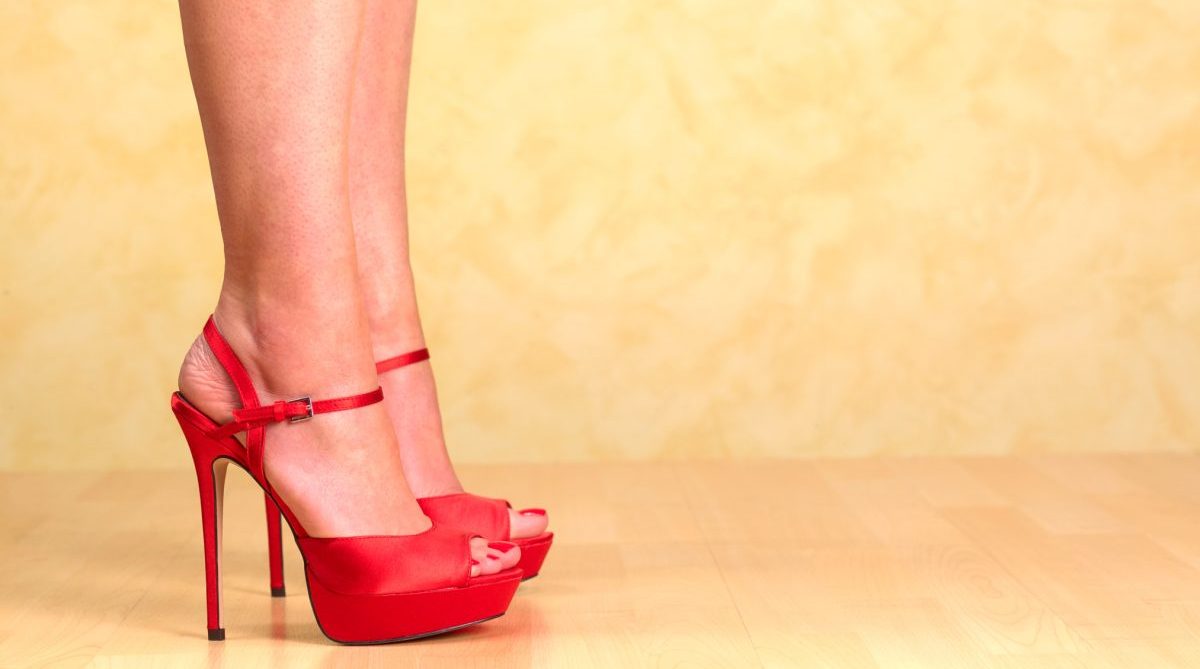
It’s no secret that wearing stilettos can be painful. They force you to stand and walk with your weight on the balls of your feet while putting pressure on your toes. All of this could increase the likelihood of developing knee pain, and even lead to osteoarthritis.
Kitten heels are easy to fall in
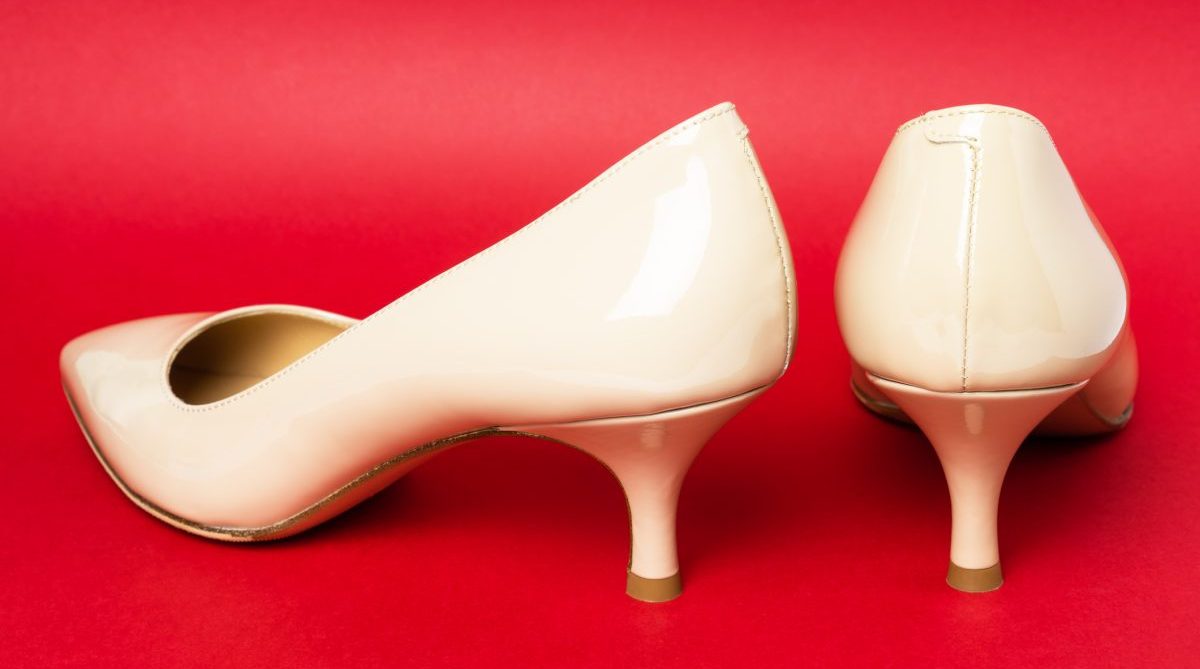
Kitten heels are defined as any heel that’s less than two inches high. The shoes have a low heel, which puts your foot at an angle when walking. This angle is awkward and can cause you to trip easily. Kitten heels also have a very thin sole, so there isn’t much cushioning for your foot, which in turn can lead to pain and blisters.
Slingbacks can lead to tendon injuries
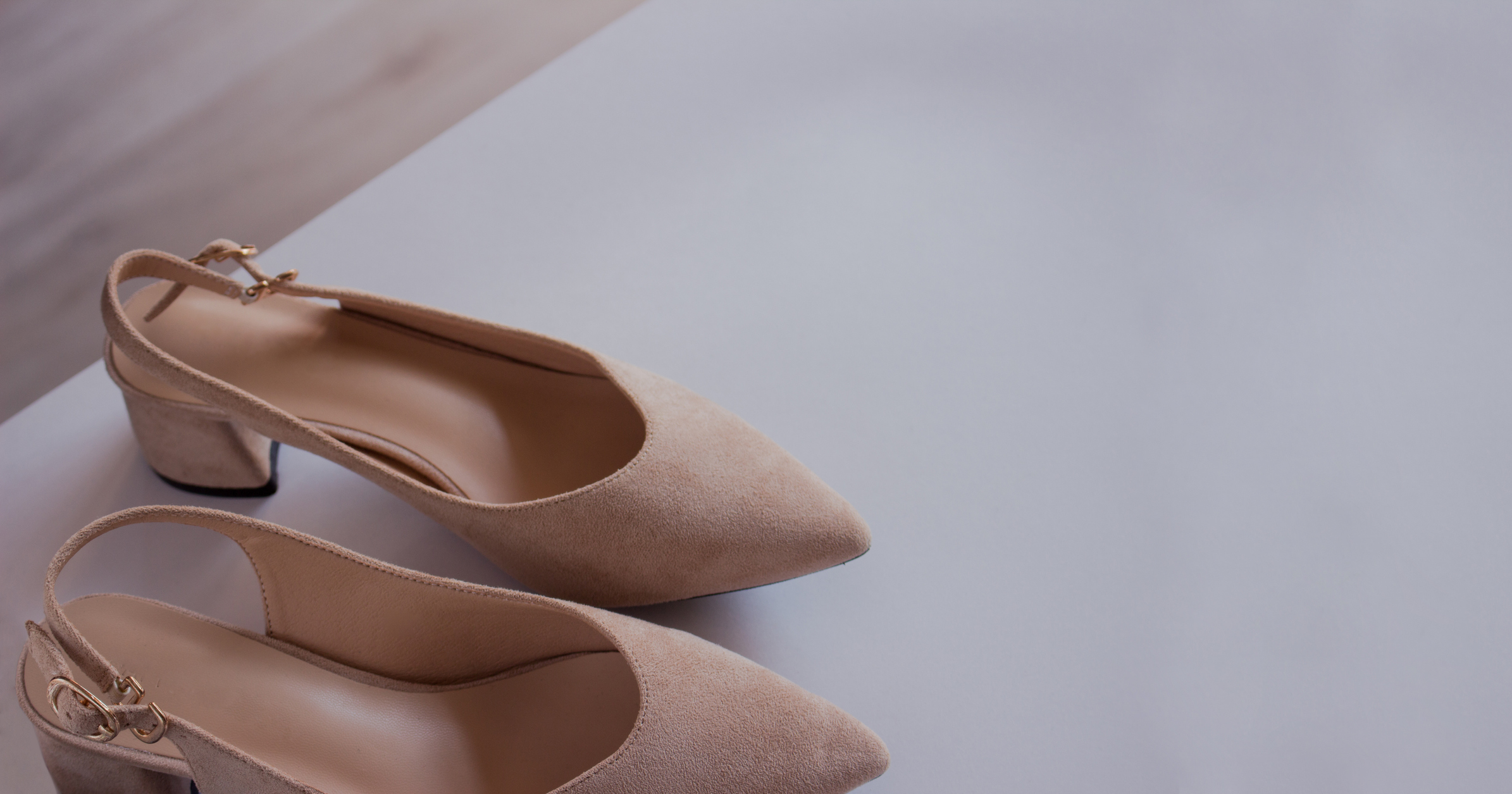
Even if you’ve never had any foot problems wearing slingbacks regularly before, they still may be causing damage to your body. The constant unnatural positioning of your toes can lead to muscle strain, inflammation and reduced circulation. Over time, this could lead to tendon injuries and nerve damage as well as discomfort while walking, standing and sitting.
Peep-toe heels can cause blisters and corns
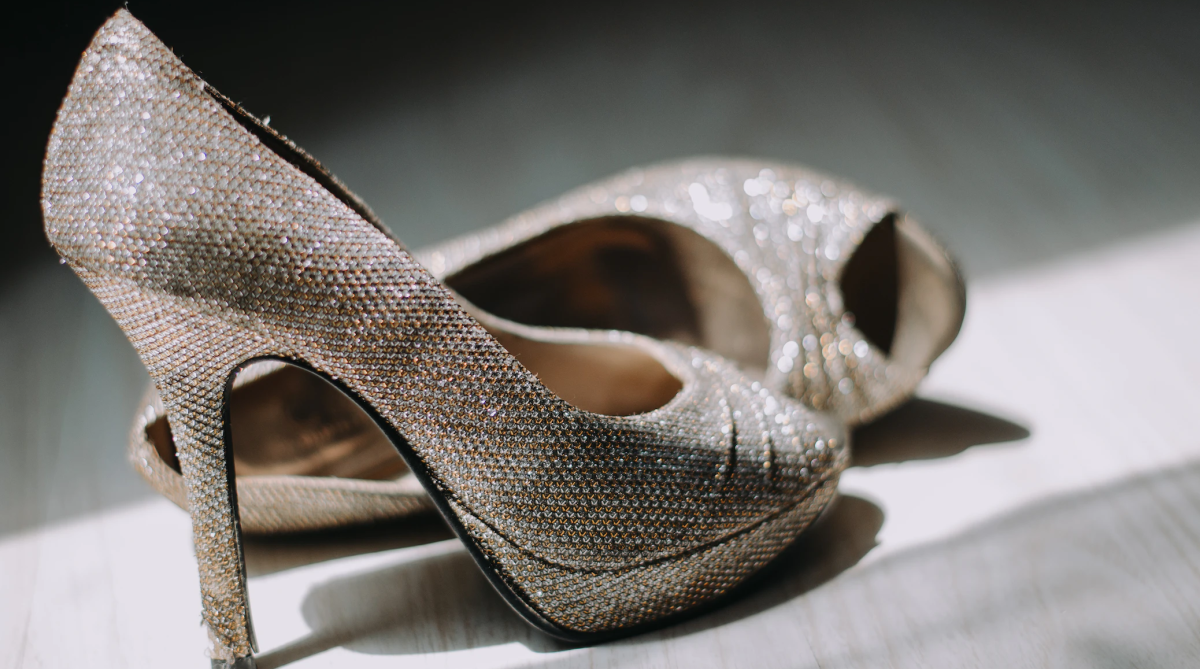
A pretty pair of peep-toe heels can add a dash of style to any outfit, but they’re also notorious for their potential to deteriorate foot health. It is common for peep-toe shoes to have little support in the front and no separating material between your toes and the front of the shoe. The result? Blisters and corns.
Thigh-high boots can affect your knee stability
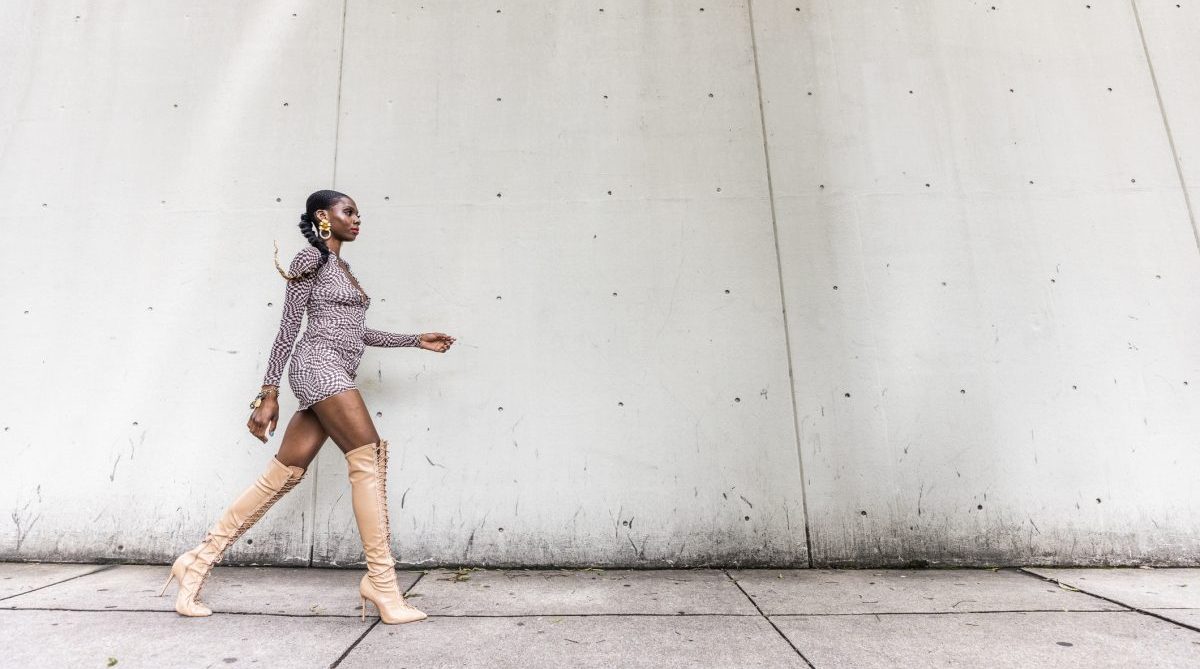
You may not realize it, but when you wear tall boots, you’re actually compromising your knee stability. Since the boots give you added height, you have to lean forward in order to walk comfortably. This places more pressure on your knees and can cause permanent damage over time.
Crocs can result in athlete’s foot
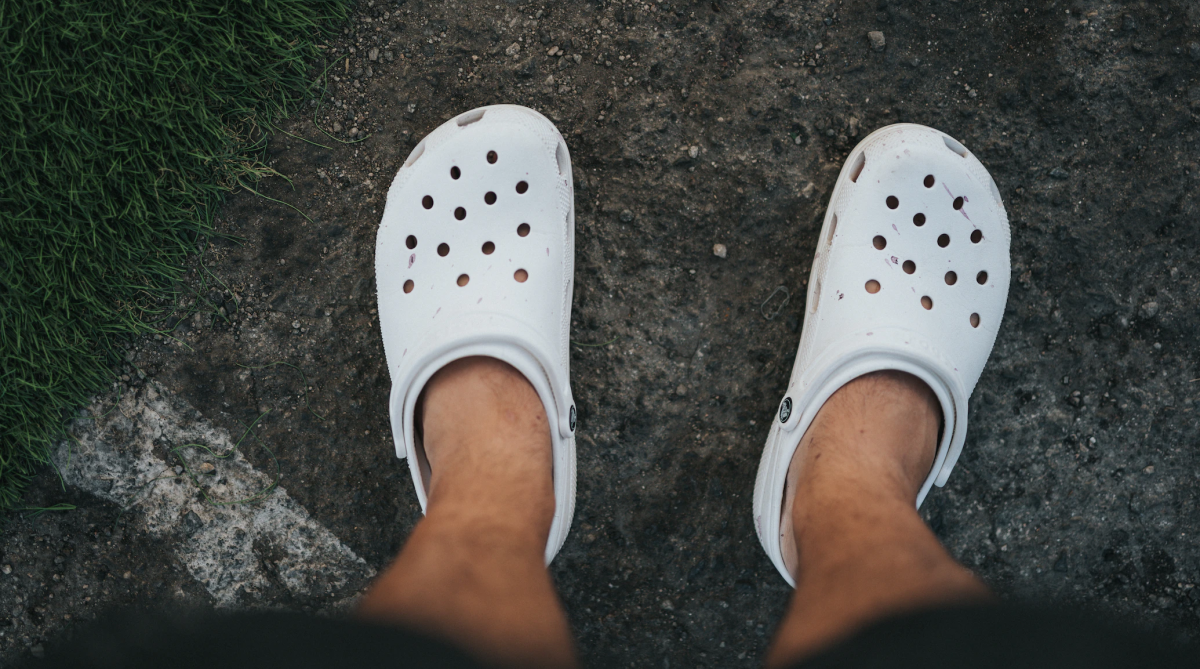
Crocs are often referred to as the “ugliest shoes” in the world. Interestingly though, a lot of doctors say Crocs are also actually bad for your feet! One reason is that Crocs are made out of a material that traps bacteria and moisture inside the shoe, making it easier to get athlete’s foot or other fungal infections in your feet if you wear them a lot.
Dr. Martens can be painful
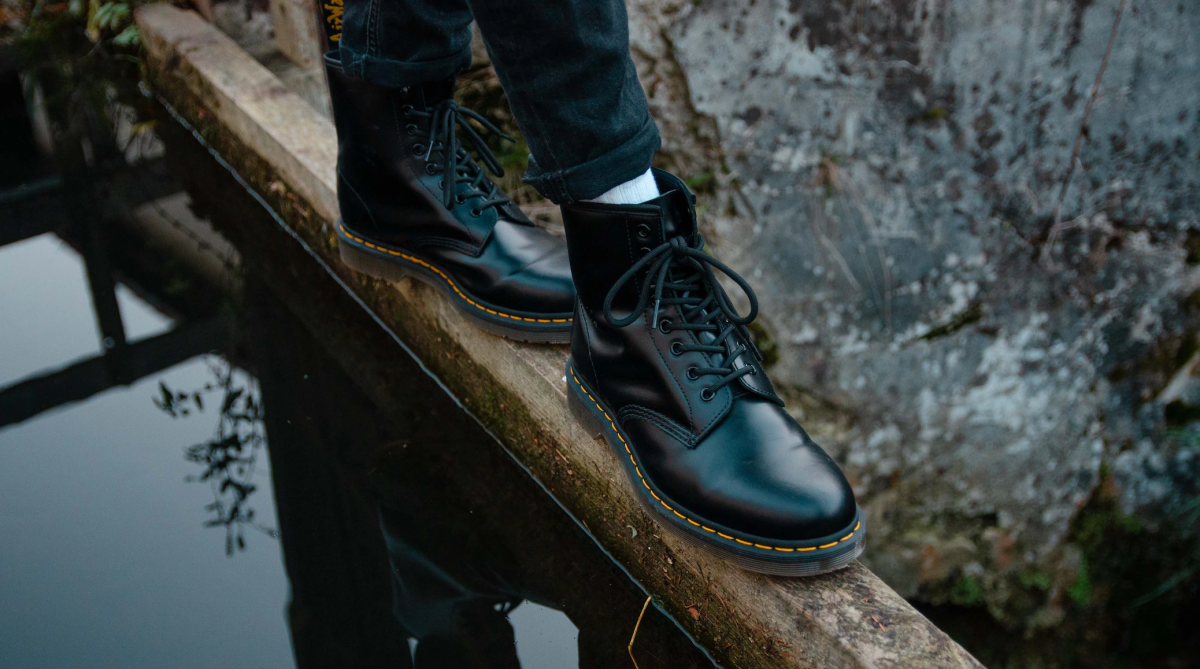
There are definite short-term side effects that can be experienced immediately after purchasing a pair of Dr. Martens. Many wearers report feeling pinches and blisters right out of the box. Others say that they feel like their feet are constantly being squeezed, which can certainly contribute to any existing foot problems you may already be experiencing.
Running shoes can affect your walking gait
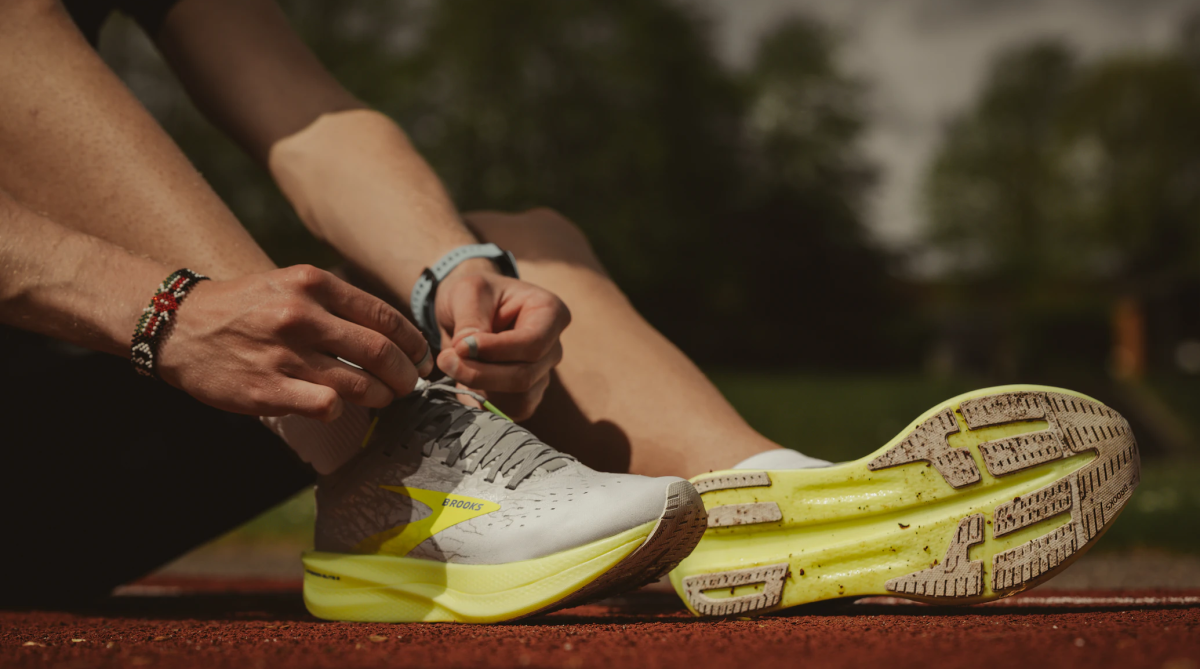
Running shoes are designed to help you run faster, protect you from injury, and last longer – which is great if you’re actually running. But what about when you’re walking around all day? Shoes with excessive amounts of cushioning encourage unnatural mechanics that can lead to injury and pain, and even affect the way you walk around in your everyday life.
Birkenstocks can lead to muscle weakness

Birkenstocks can cause foot damage and even arthritis. The hard rubber soles limit your foot’s mobility, which can cause muscle weakness and eventually result in stiff feet and legs. The clogs also put pressure on the toes, causing them to grip onto one another creating corns.
Espadrilles’ instability can lead to injuries
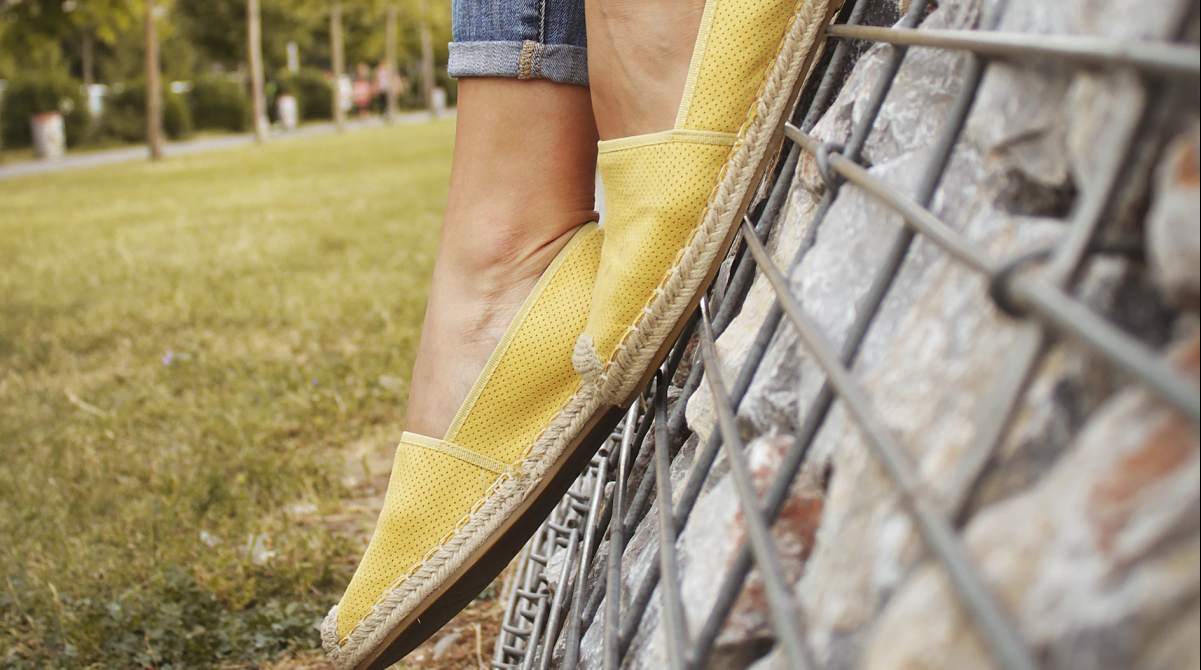
Espadrilles can cause all kinds of stress on your feet. The side-to-side instability of espadrilles has been one of their biggest hazards – you can injure your ankles easily by stepping on something slippery or uneven, and your foot can twist in the shoe from side to side when walking or running.
Platform shoes can cause ligament damage
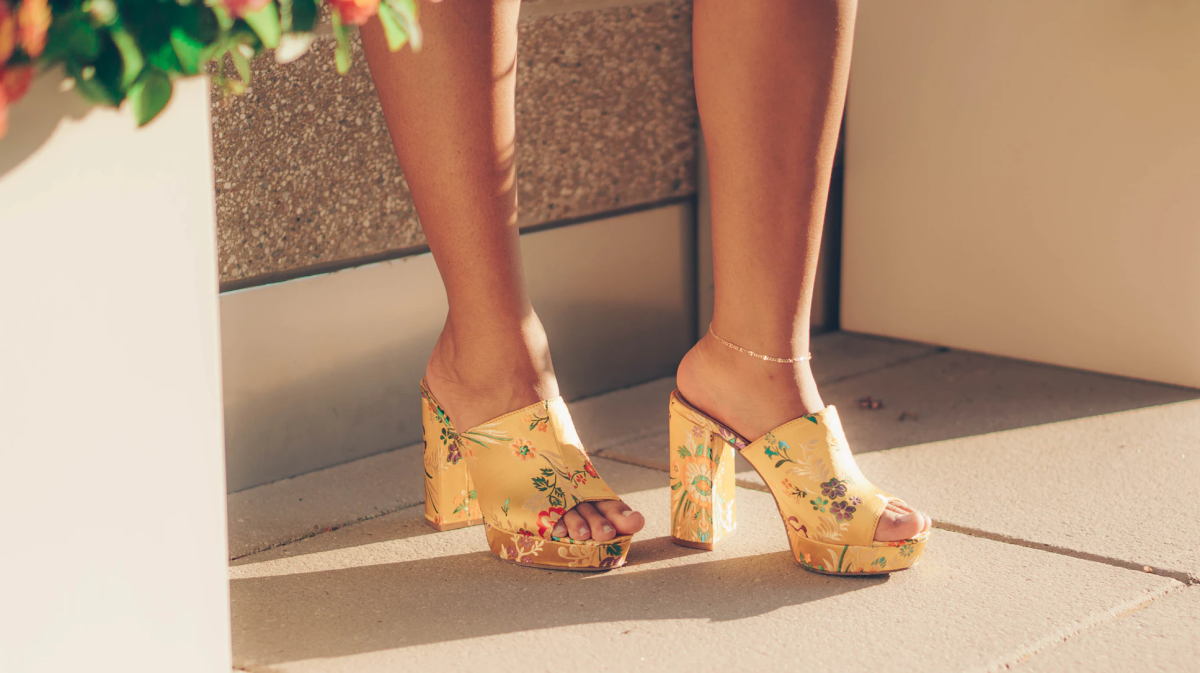
You’ve probably heard about the dangers of wearing high heels. But what about high platforms? Platforms can be even more dangerous than heels because they place your foot at a higher angle, which puts you at risk for ankle and hip injuries, as well as muscle, tendon, and ligament damage.
Pointy-toed shoes can cause hammertoes
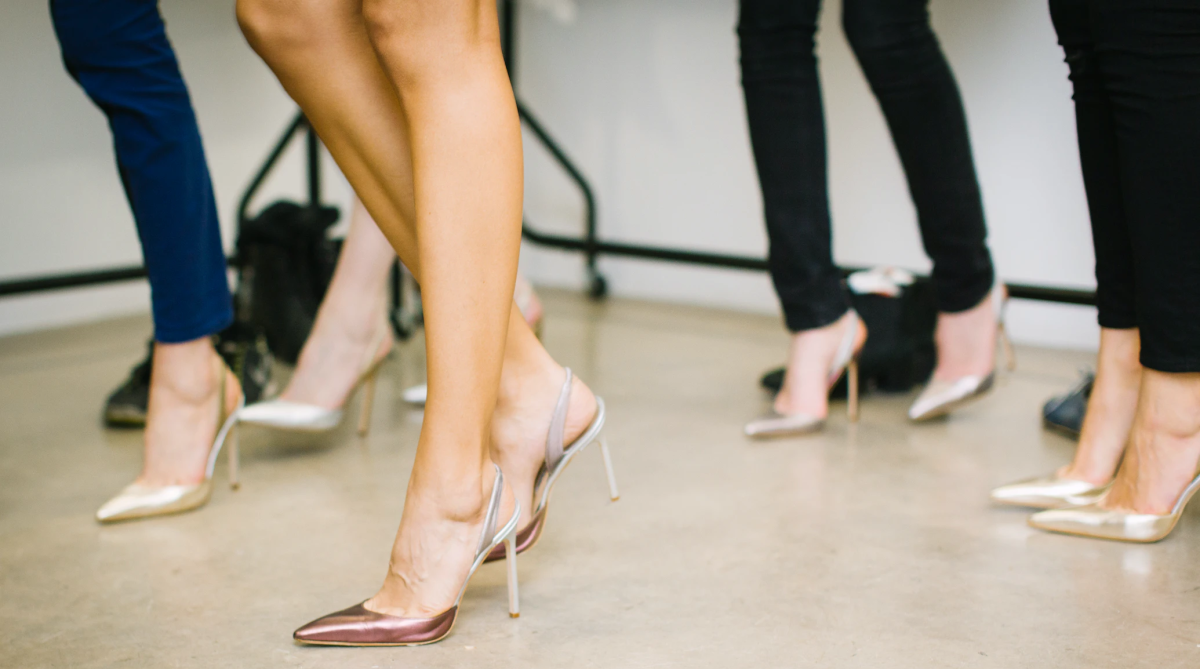
Pointed toes push your foot forward and squeeze the entire front of your foot together. Over time, this can cause nerve pain, bunions, blisters, and hammertoes. It can also cause bruises under your toenails from the constant pressure. Your foot just isn’t shaped the way the shoes are designed, and it may resist being boxed in so tightly.
Slides can give you shin splints
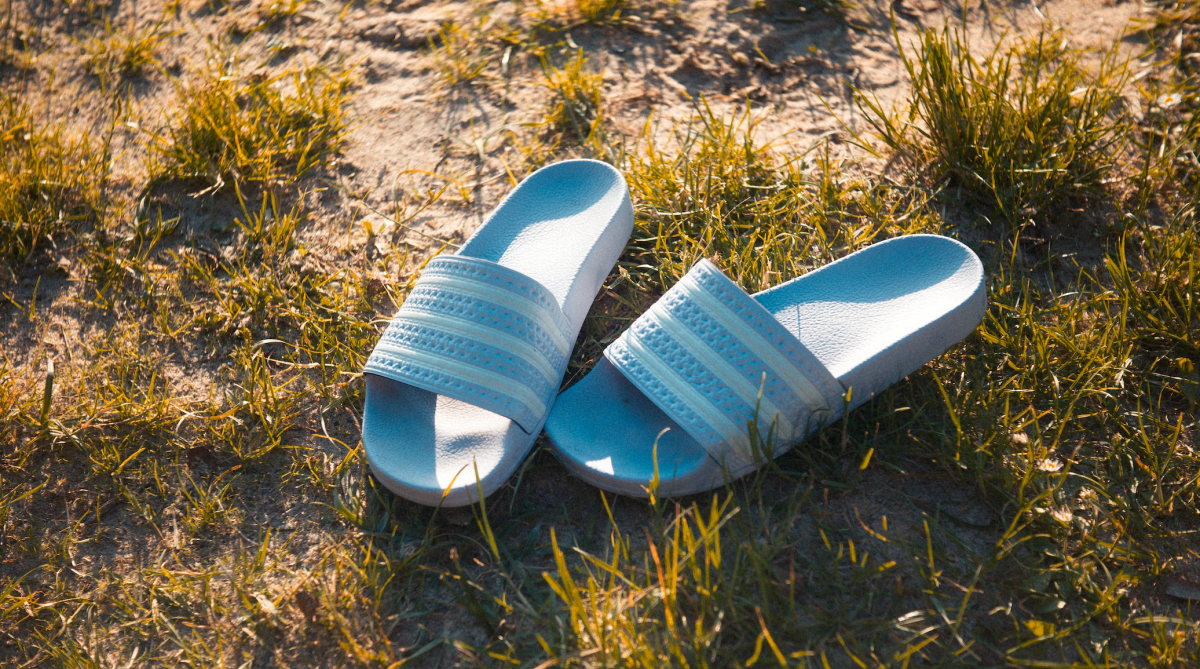
Flat slides are more likely to cause you pain than help you. Your feet don’t have a lot of support in them, so they’re prone to sliding around and even fallen arches over time. This can lead to problems in other parts of your feet and legs – shin splints, knee pain, back pain, and more.
Cowboy boots can cause bunions
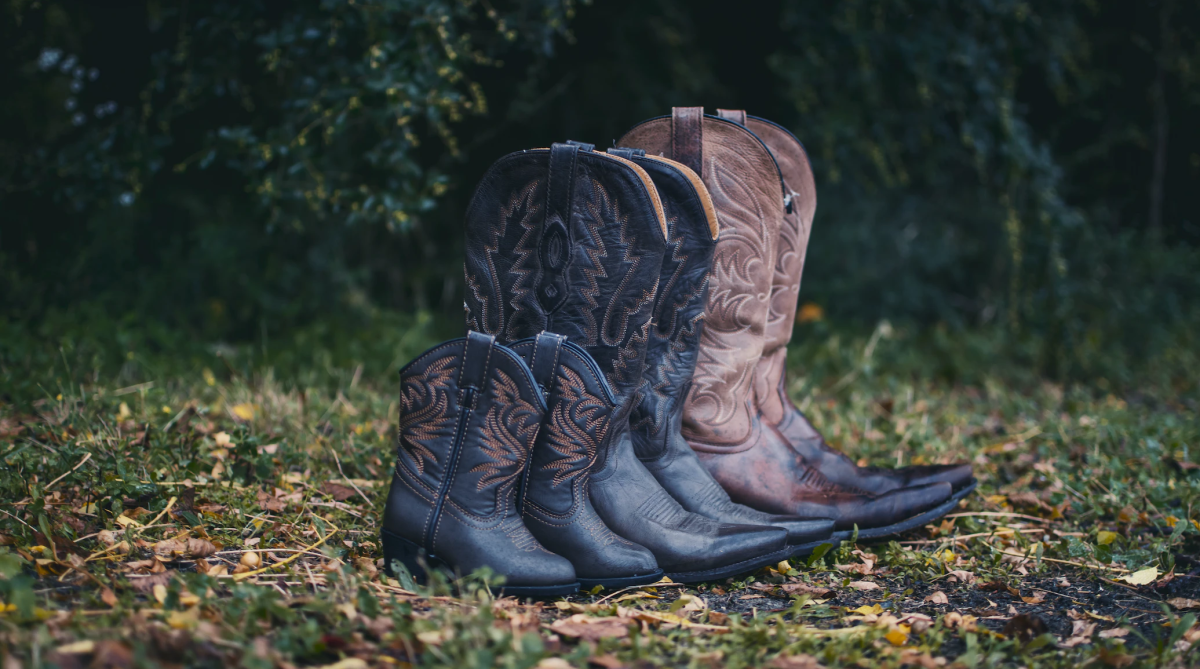
Cowboy boots are deceptively cute on the surface, but there are some hidden dangers beneath their pointy toes and decorative metal studs. The shape of cowboy boots is unnatural, and they can wreak havoc on your feet, causing bunion pain, hammertoes, neuromas and ingrown toenails.
Flexible shoes offer no support
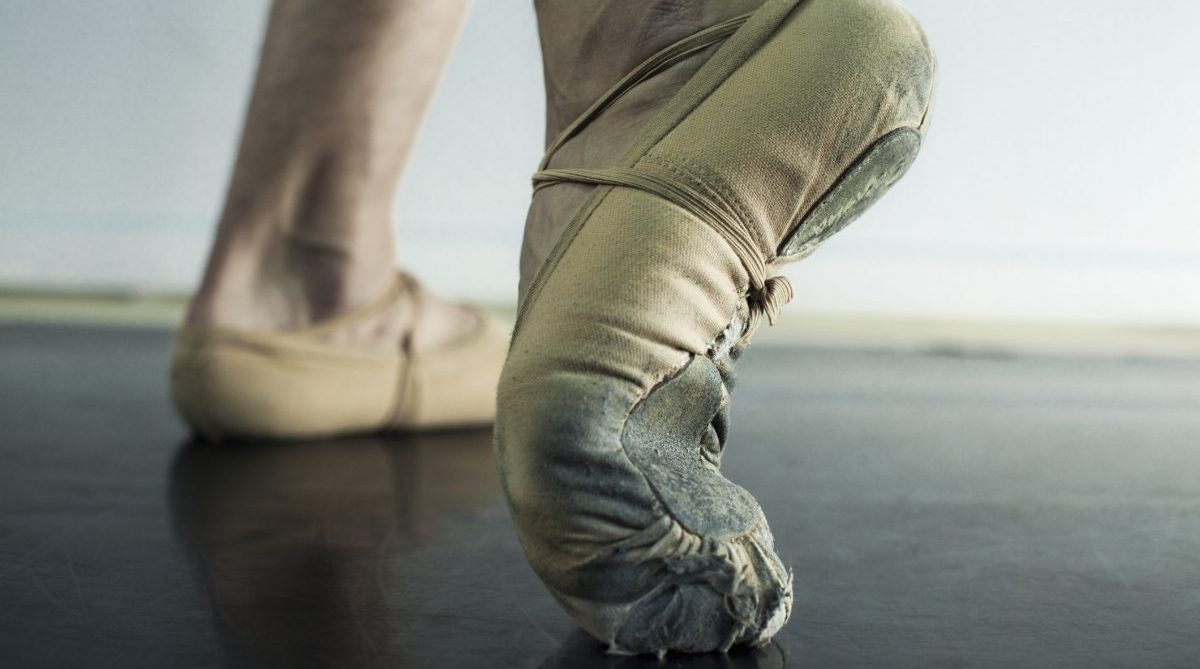
When shopping for shoes, it’s important to keep a few important considerations in mind: how the sole is attached to the shoe, how flexible the sole is, and what kind of arch support the shoe offers. If your shoes are flimsy and bend easily when you try to bend them, they probably won’t support your feet or your ankles very well.
Jelly shoes can cause chafing and bleeding
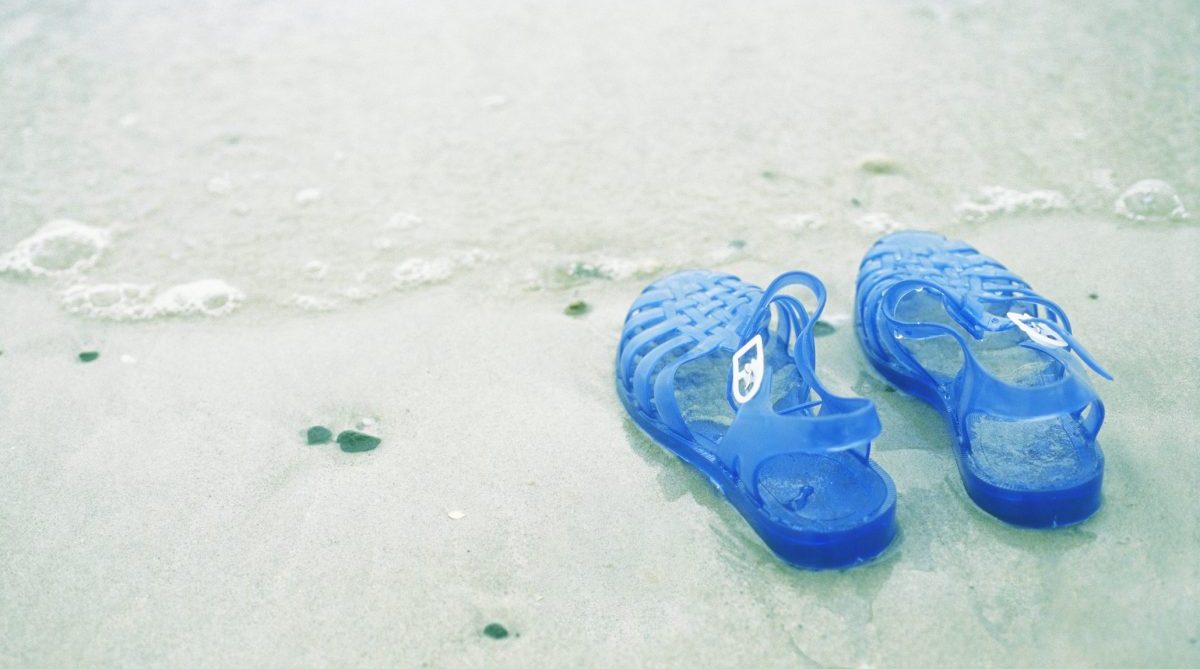
Because of the material’s lack of breathability, wearing jelly shoes can cause foot sweat that leads to rubbing, chafing, bleeding, and blisters. This occurs when your foot travels back and forth in the shoe during exercise or throughout the day while you’re running errands. If you’re wearing them in warm weather, this issue will be exacerbated even further.
Wearing pleasers can lead to ankle pain
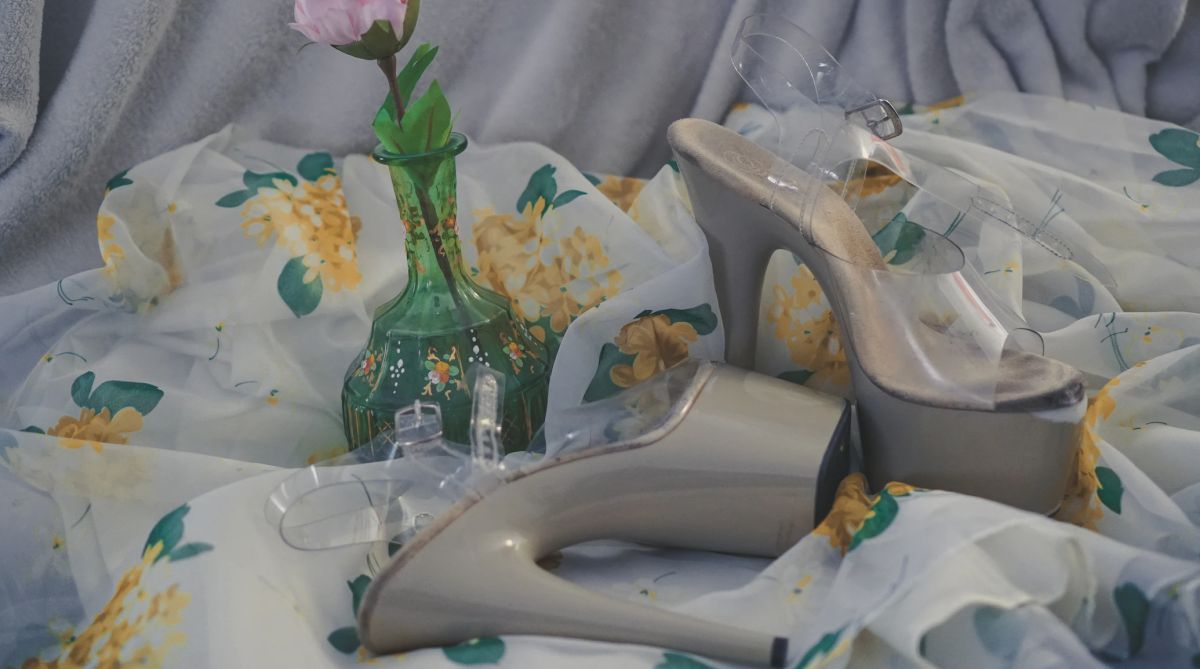
Pleaser heels are the kind of shoe that certainly lives up to its name. These heels are great for a night out but can be intimidating if you’re not used to them. When walking, it’s important to remember to step from heel to toe. Walking normally will result in your posture being off, which means you’ll probably end up with ankle pain and backaches.
Creepers can be too stiff to walk in
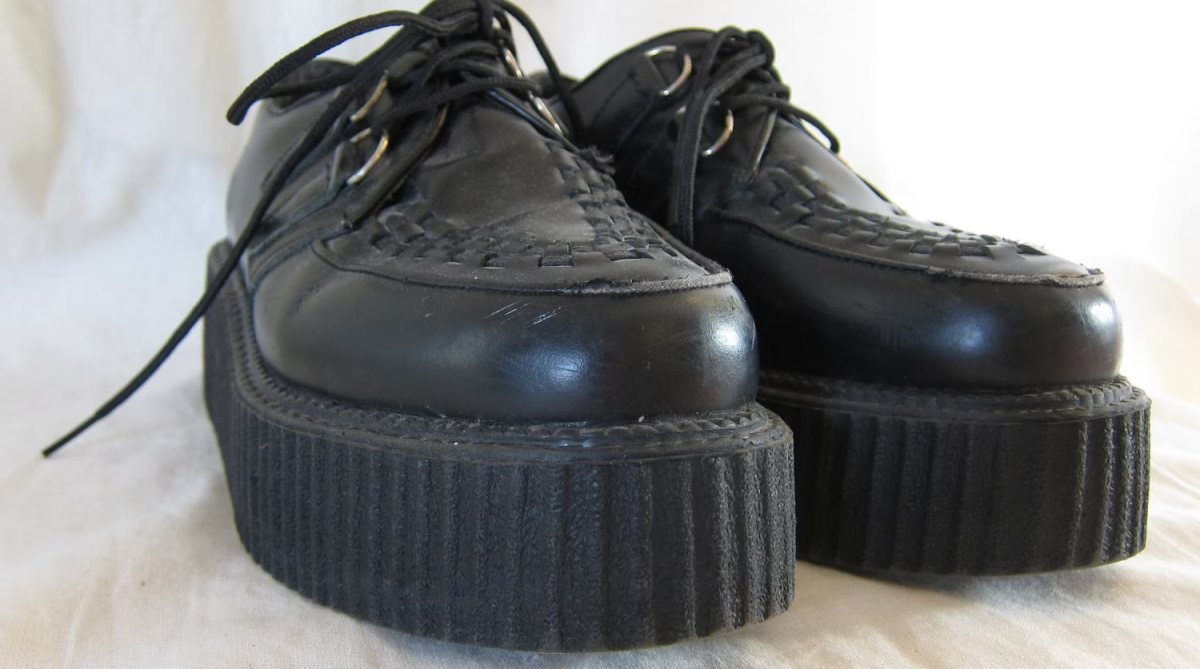
Demonia creepers are great shoes but breaking them in can be painful. When they’re new, they feel very stiff and awkward to walk in. The heels can rub against the pinky toes and cause blisters. However, if you wear them often, everything softens up including the sole, which makes it easier to walk normally over time.
Chelsea boots can cause blisters
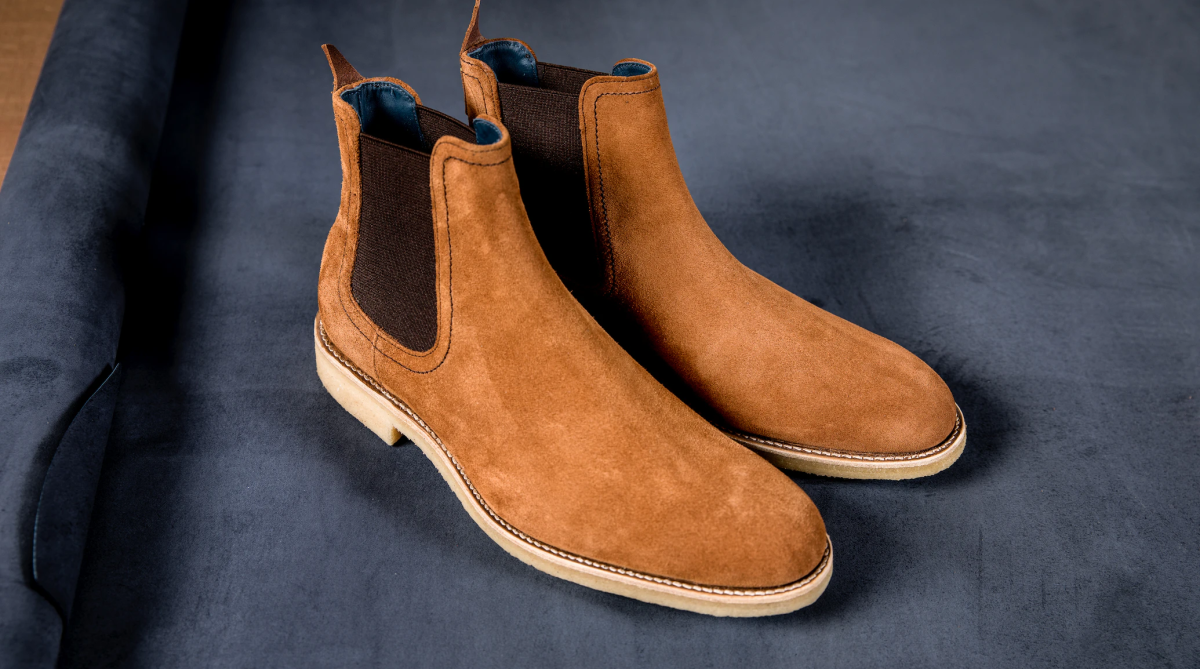
The problem is that when it comes to breaking Chelse boots in, every person’s feet are different. Some people have more sensitive feet than others and will break out in blisters or other foot-related problems after only a couple of hours of wear, while others can wear them for hours upon hours without any discomfort at all.
Bowling shoes can cause you to develop fungus
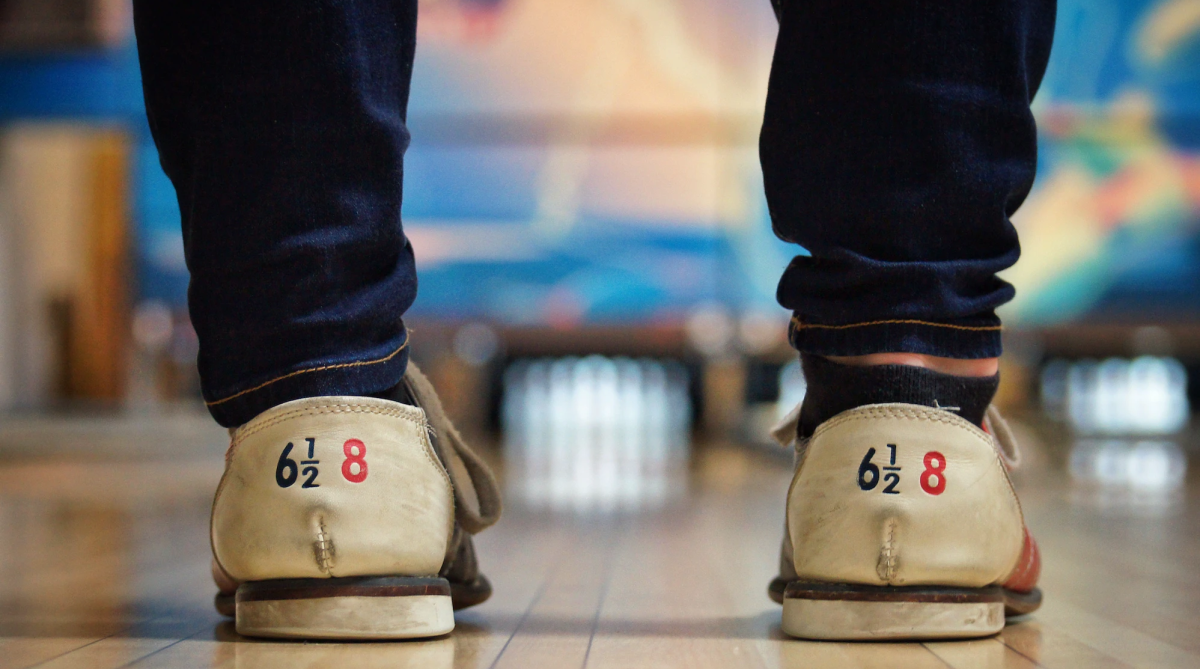
Did you know that rented bowling shoes can be a breeding ground for germs? Bowling shoes are the perfect environment for fungus, bacteria, and viruses. When someone steps into a shoe with their bare foot and leaves dirt or sweat behind, it becomes difficult to clean. The built-up bacteria and mold can result in blisters and warts, among other problems.
Tabis can be painful to break in
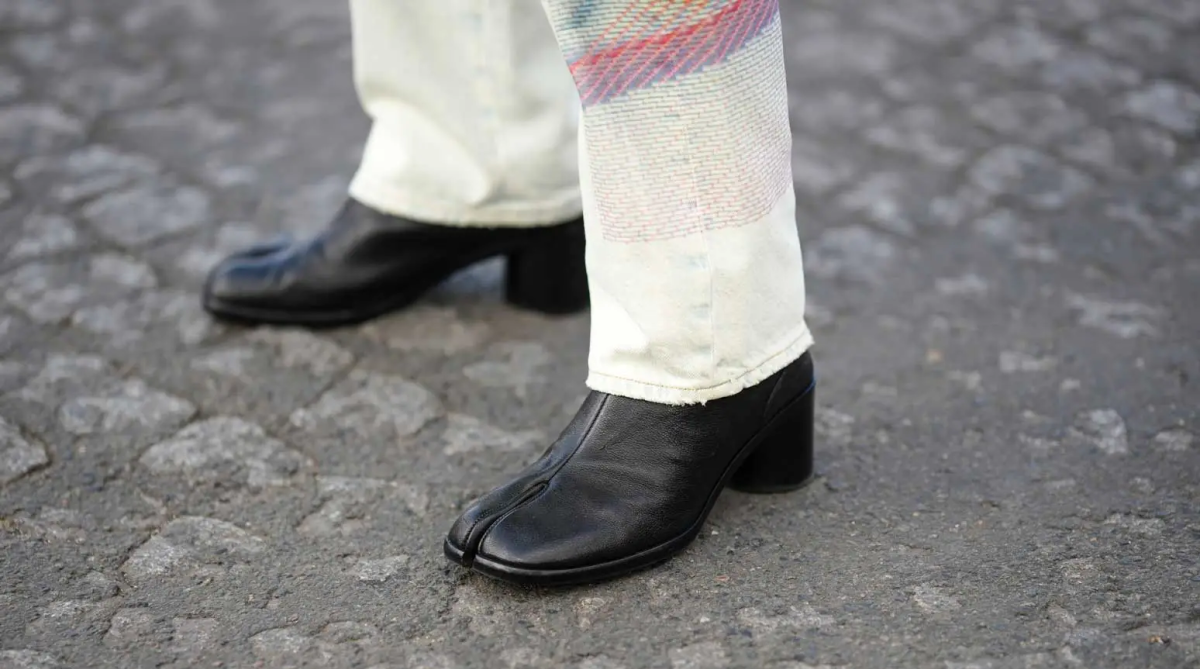
Wearing Tabi shoes may seem harmless, but there are some risks to consider. Some people say that Tabi shoes are very comfortable; however, if they aren’t made well or if they aren’t broken in properly before wearing them for a long period of time, they can rub against your foot in a way that is irritating and painful.
Gladiator sandals cut off your circulation
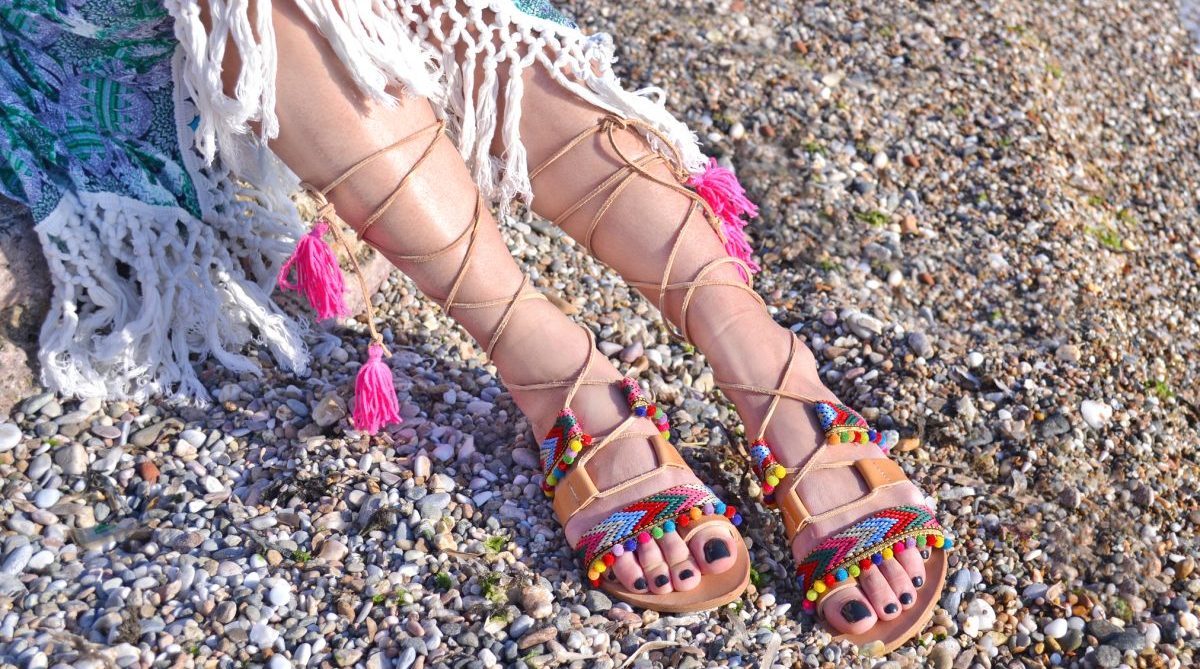
Gladiator sandals have gained popularity for their chic look; however, these sandals are not comfortable at all. They cut off your circulation and blood flow to your feet by constricting them with straps around the ankles. This is extremely dangerous as it causes serious issues such as swelling, blisters, and varicose veins.
Water shoes can cause trench foot
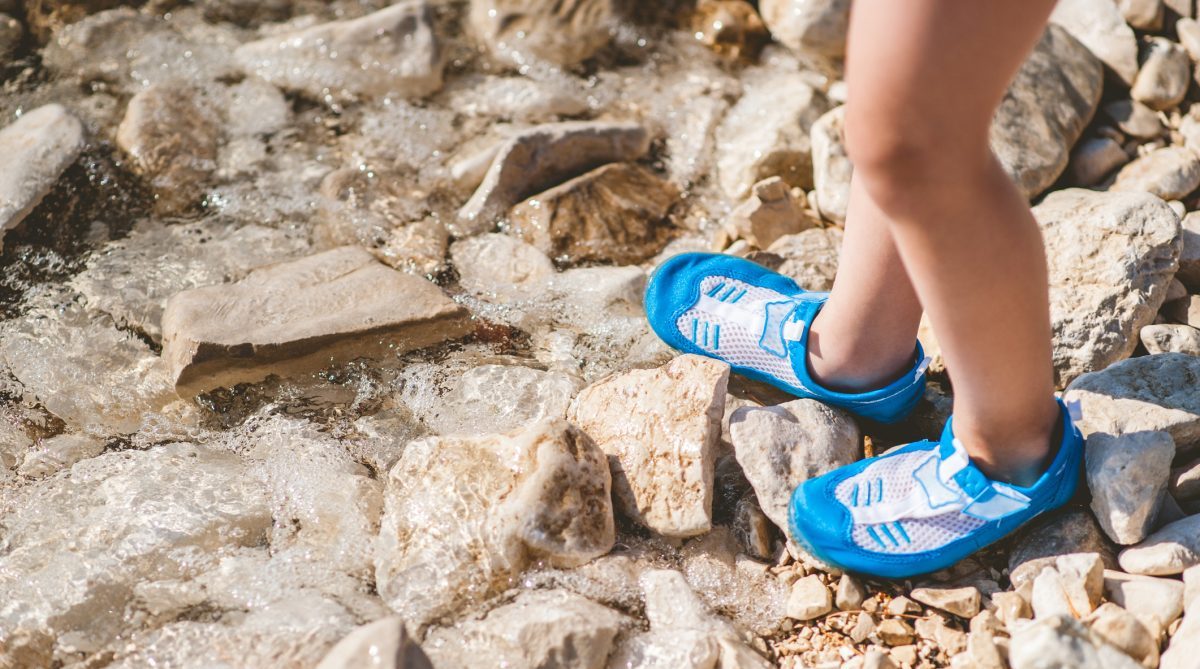
When choosing a water shoe you want to make sure that it drains water quickly and has good breathability. Keeping your feet dry is important for preventing trench foot, which occurs when your feet stay wet for too long. It can cause pain, blisters, bad odor, numbness, and skin damage.